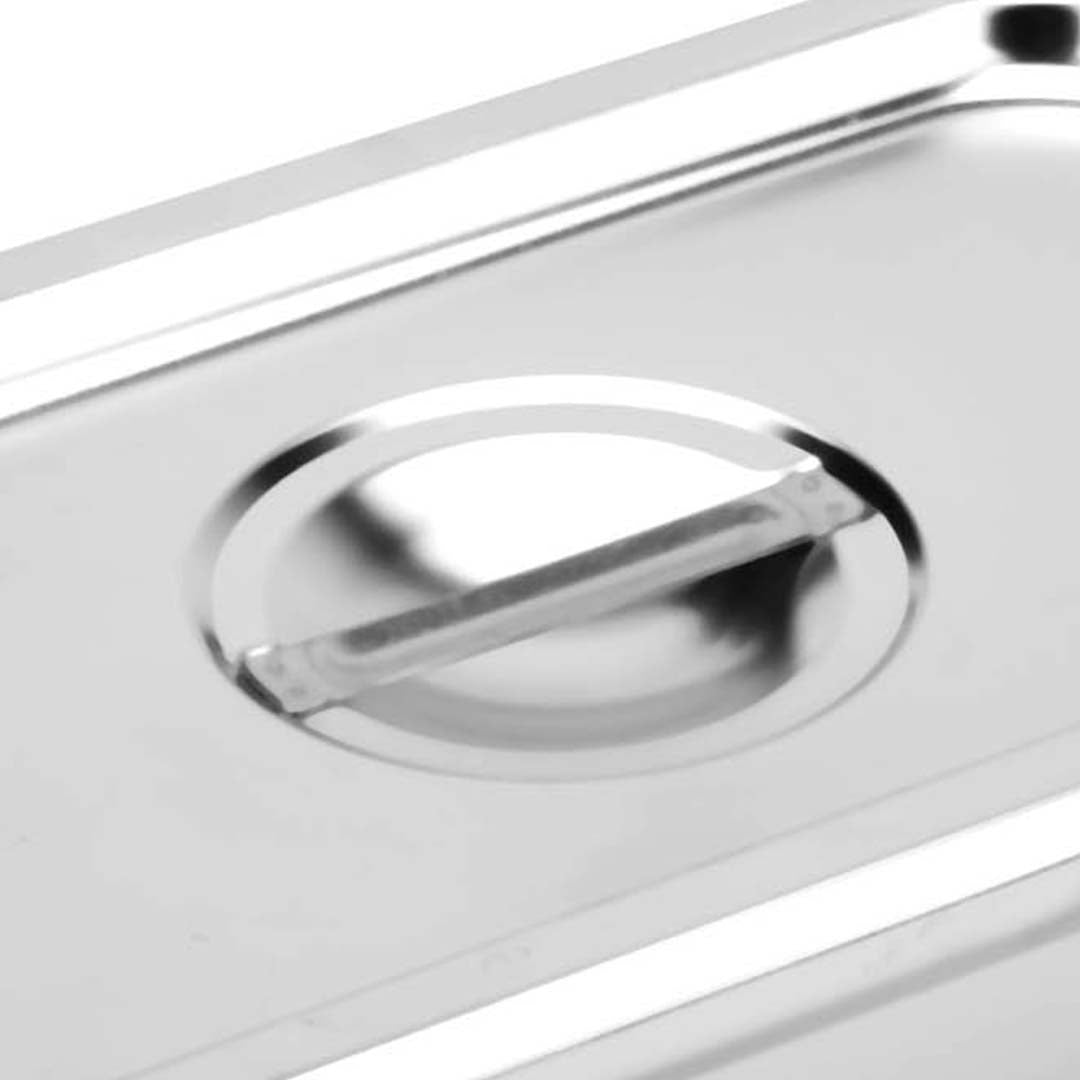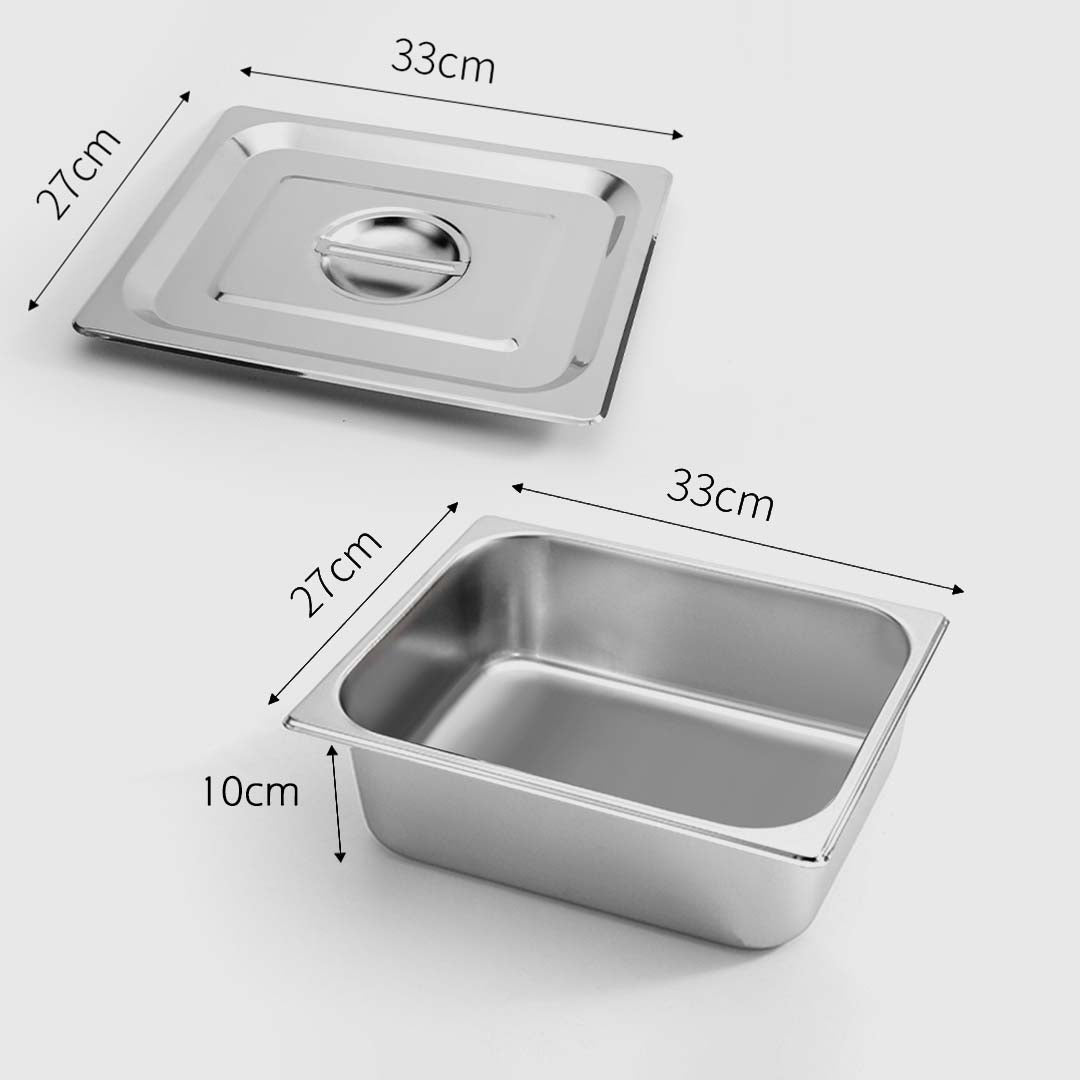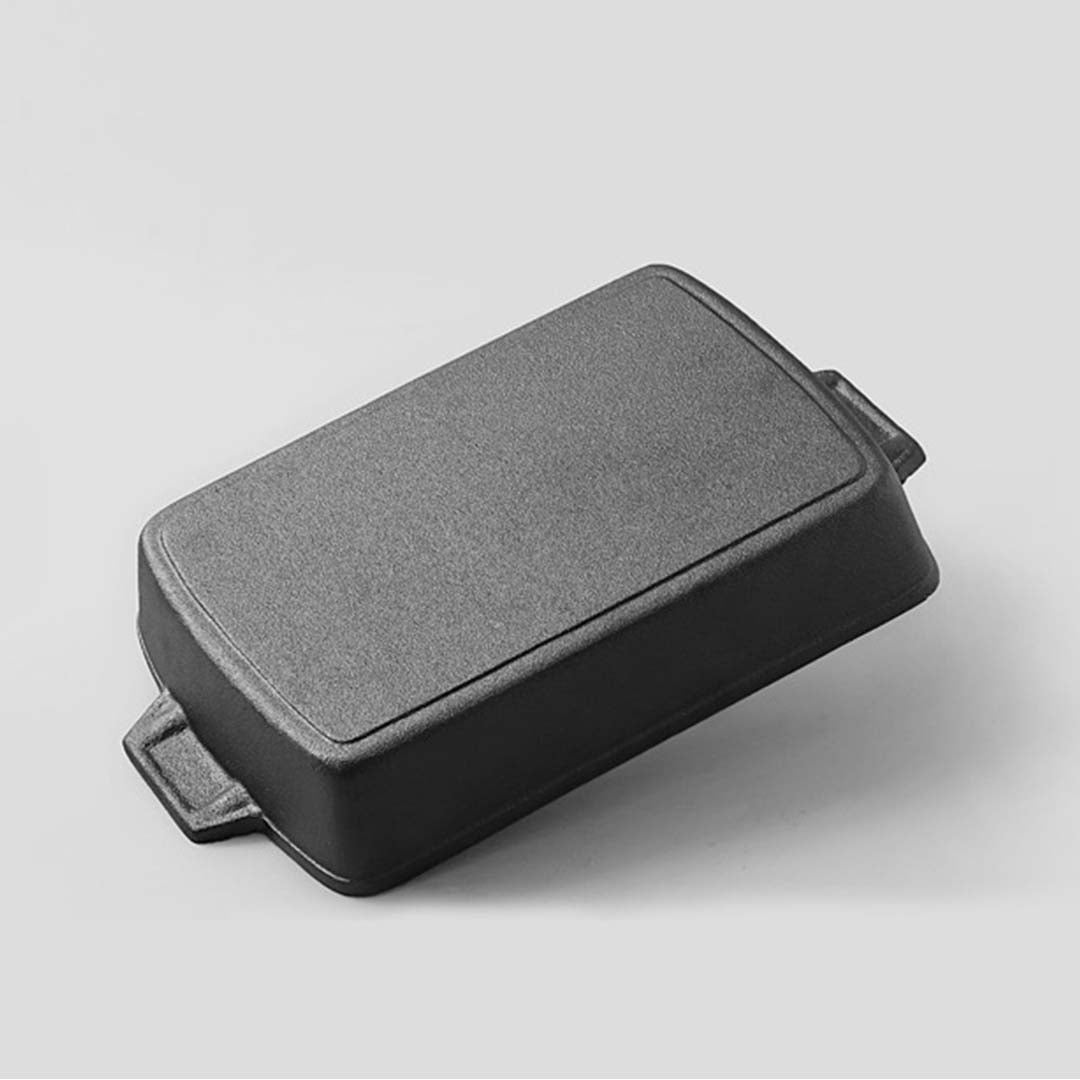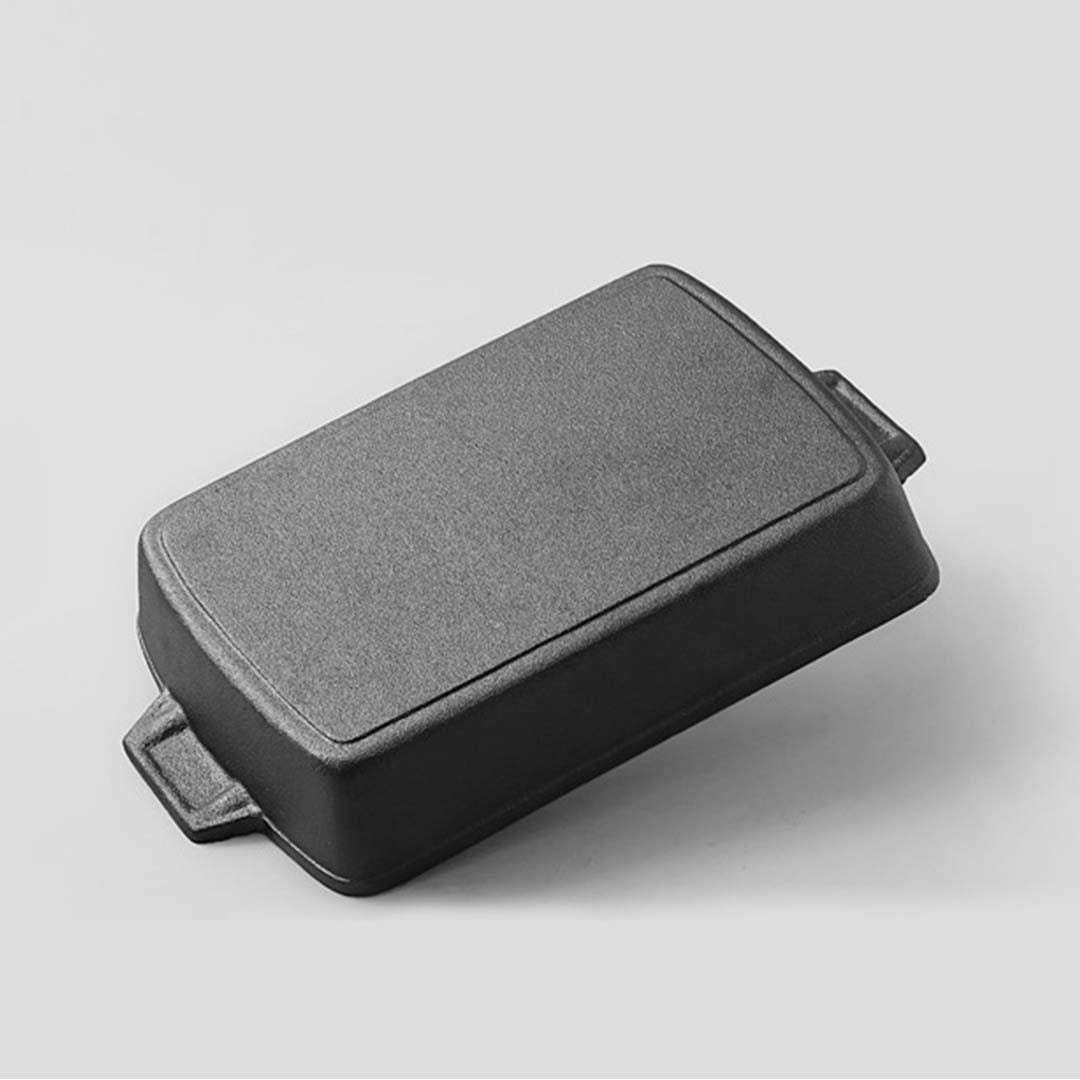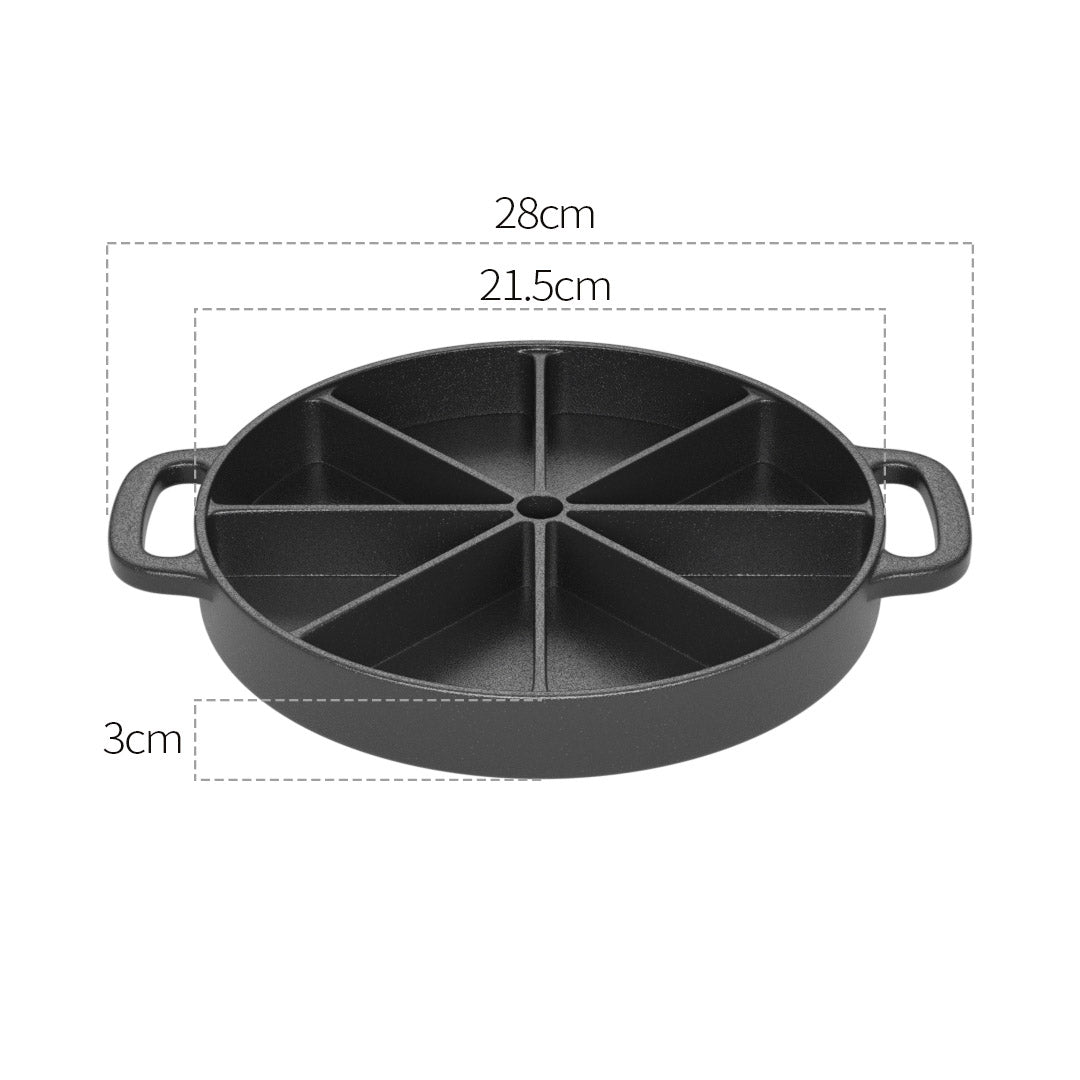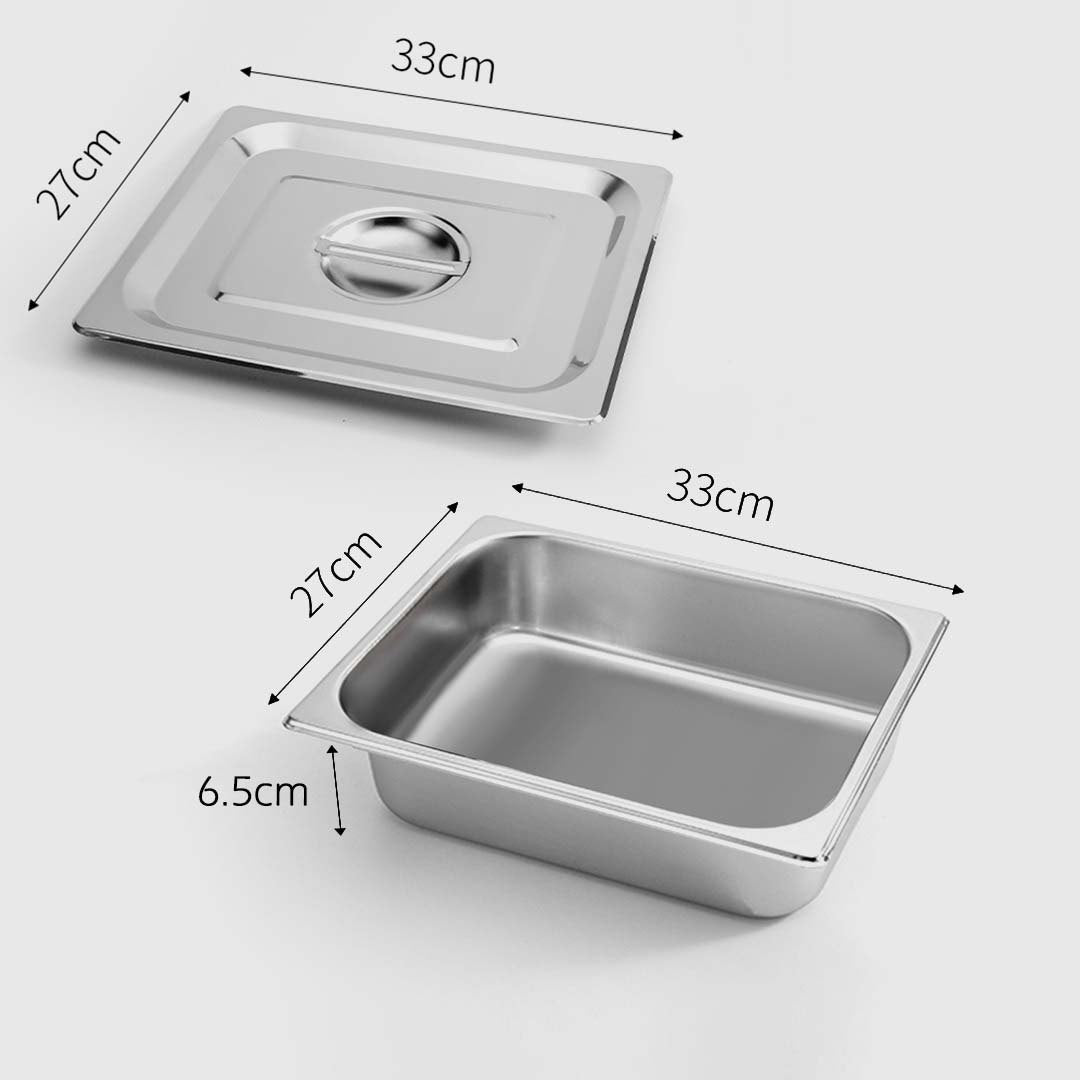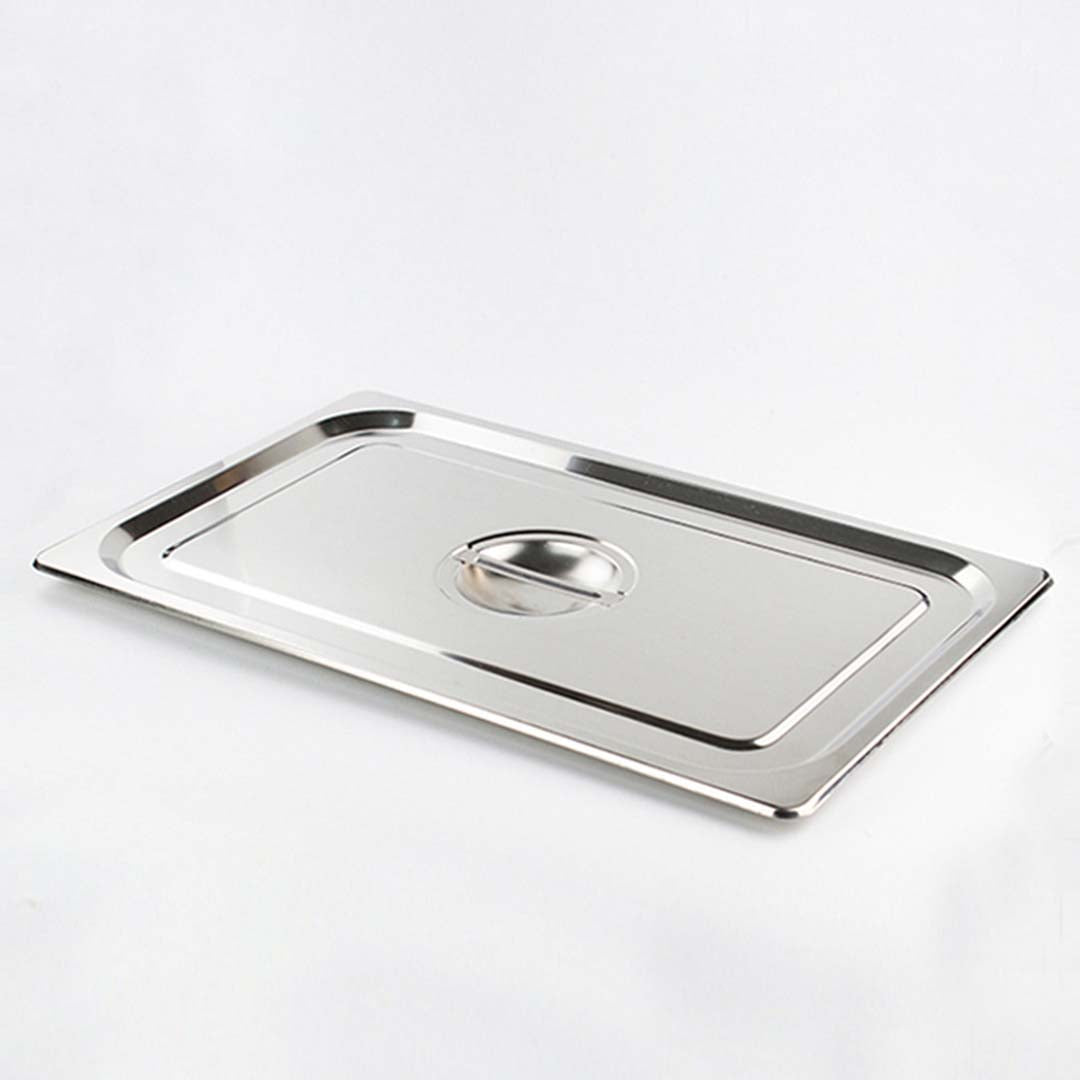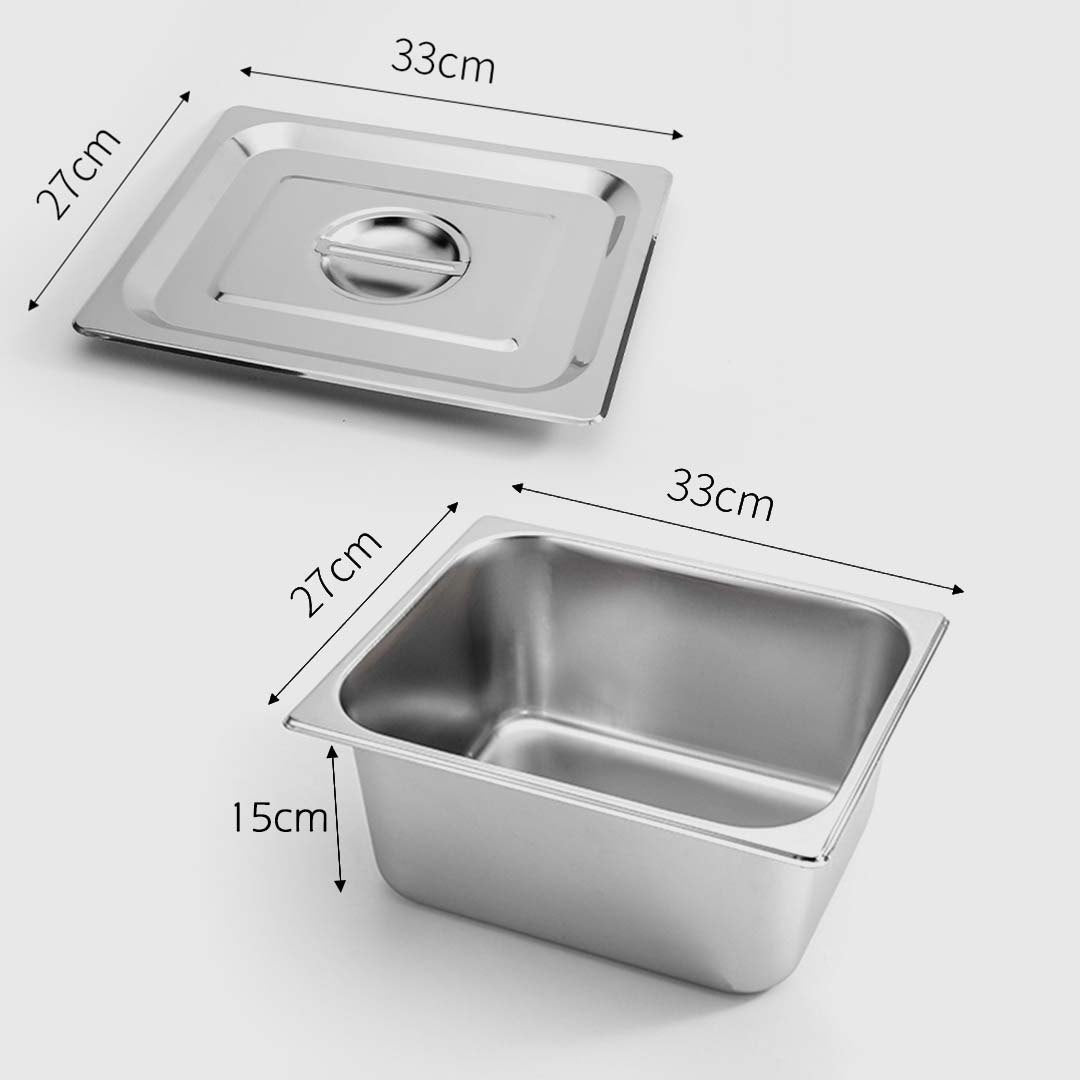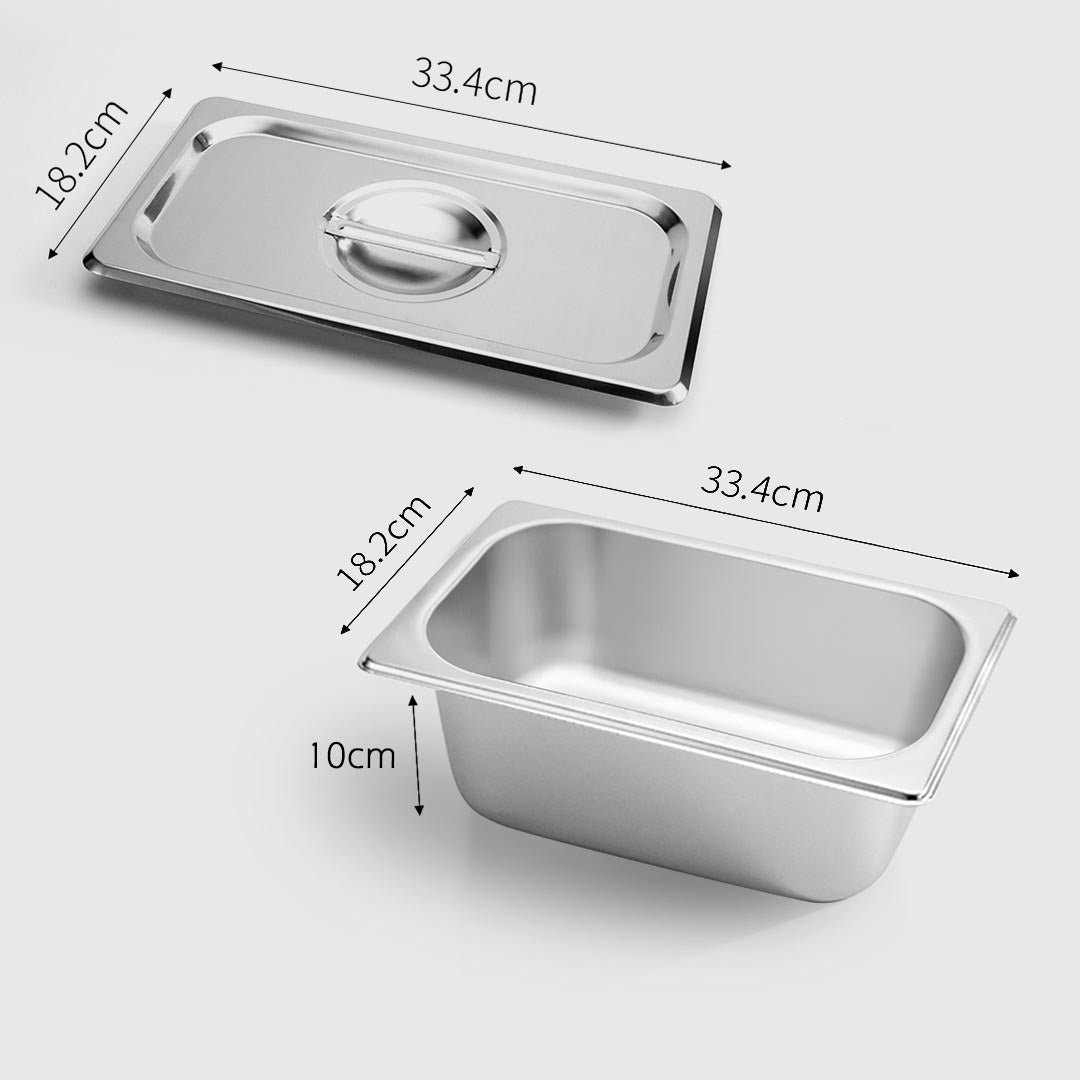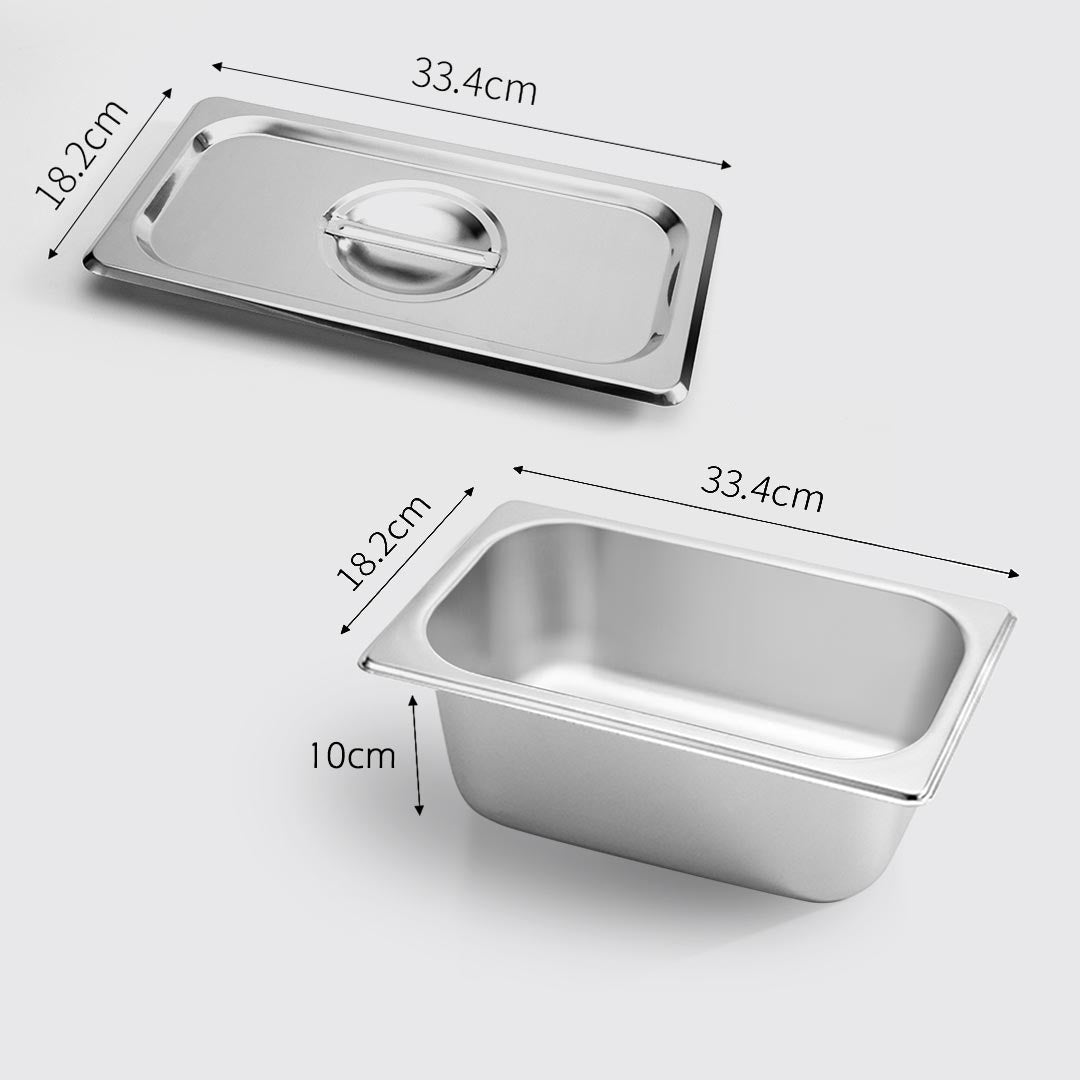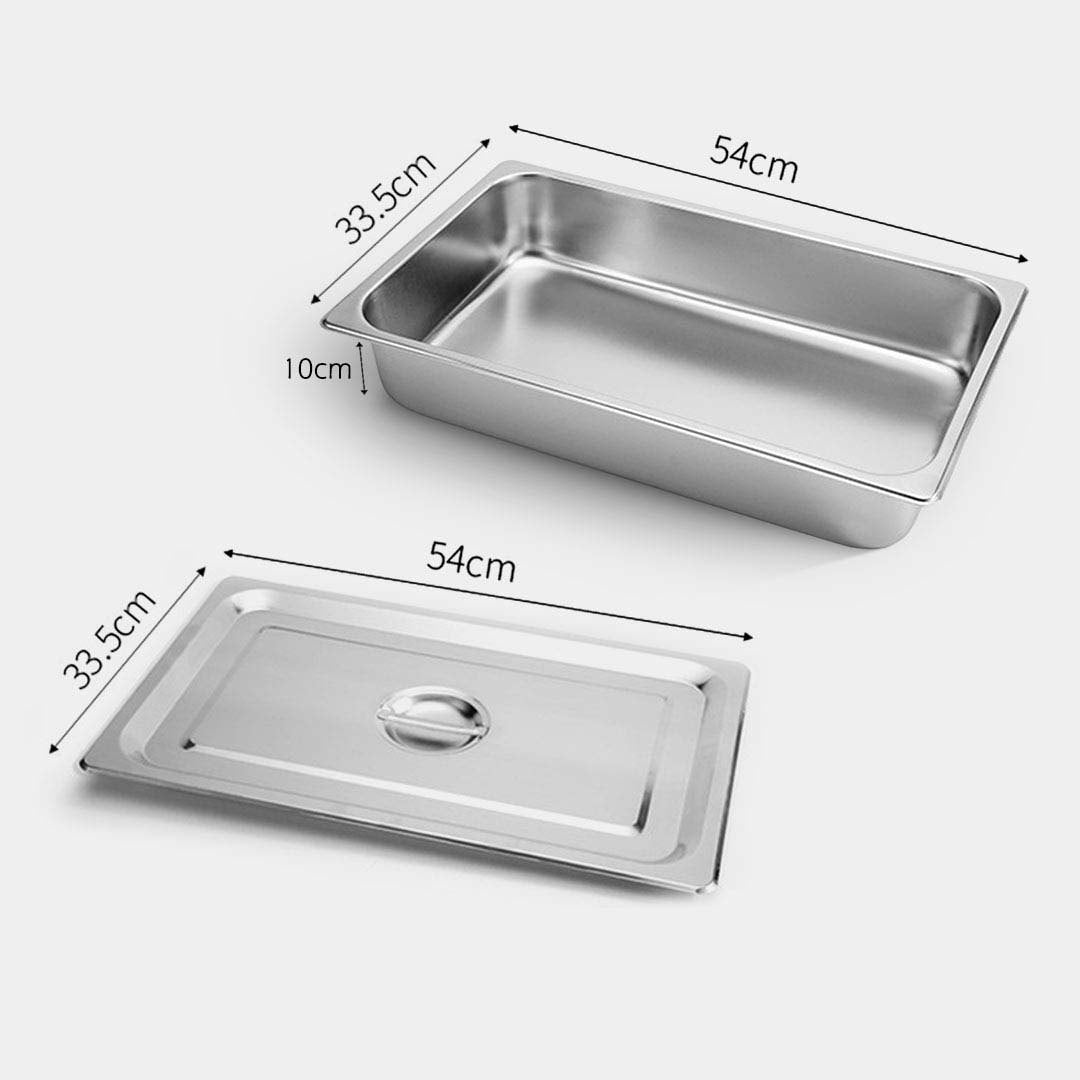FAST DELIVERY | 14 DAY RETURNS | 200,000+ PRODUCTS | AUSTRALIAN OWNED & STOCKED
Menu
-
-
Furniture
-
Baby & Kids
-
Home & Garden
-
Rugs
-
Toys & Games
-
Appliances
-
KITCHEN APPLIANCES
- Air Fryers
- Food Cookers & Steamers
- Toasters
- Electric Kettles
- Microwaves
- Mixers
- Portable Cooktops
- Electric Juicers
- Blenders & Soup Makers
- Grills
- Meat Grinders & Mincers
- Food Dehydrators
- Deep Fryers
- Food Vacuum Sealers
- Food Processors
- Waffle & Pancake Makers
- Water & Ice Dispensers
- Water Filters & Coolers
- Kitchen Appliance Accessories
- Ice Makers
- COFFEE MAKERS
- VACUUM CLEANERS
- FRIDGES & FREEZERS
- HEATERS
- AIR CONDITIONERS
- FANS
- AIR TREATMENT
- COOKTOPS
- RANGEHOODS
- OVENS
- IRONING APPLIANCES
-
KITCHEN APPLIANCES
-
Sports & Outdoors
-
Electronics
-
Tools & Equipment
-
Christmas
-
- Login

FAST DELIVERY | 14 DAY RETURNS | 200,000+ PRODUCTS | AUSTRALIAN OWNED & STOCKED
Baking Pans Tins & Dishes
Baking Pans, Tins & Dishes – Bake Like a Pro | Bargain Avenue
Create delicious homemade treats with our baking pans, tins & dishes at Bargain Avenue! Whether you're making cakes, muffins, bread, or casseroles, our durable, non-stick, and heat-resistant bakeware ensures perfect results every time.
Why Shop Baking Pans, Tins & Dishes at Bargain Avenue?
✔ Non-Stick & Easy to Clean – No more stuck-on food or messy cleanup.
✔ Durable & Heat-Resistant – Even heat distribution for consistent baking.
✔ Cake Pans, Muffin Tins & Loaf Pans – Options for every baking need.
✔ Glass, Silicone & Metal Bakeware – Choose the best material for your recipes.
✔ Perfect for Home & Professional Use – Ideal for cakes, bread, pies & more.
✔ Australian Owned & Stocked – Quality products, ready to ship.
✔ Flexible Payments – Pay with Afterpay, Zip, or PayPal.
✔ Free Delivery – Available on eligible items.
Upgrade your kitchen with high-quality baking pans, tins & dishes from Bargain Avenue. Shop now for the best bakeware!





